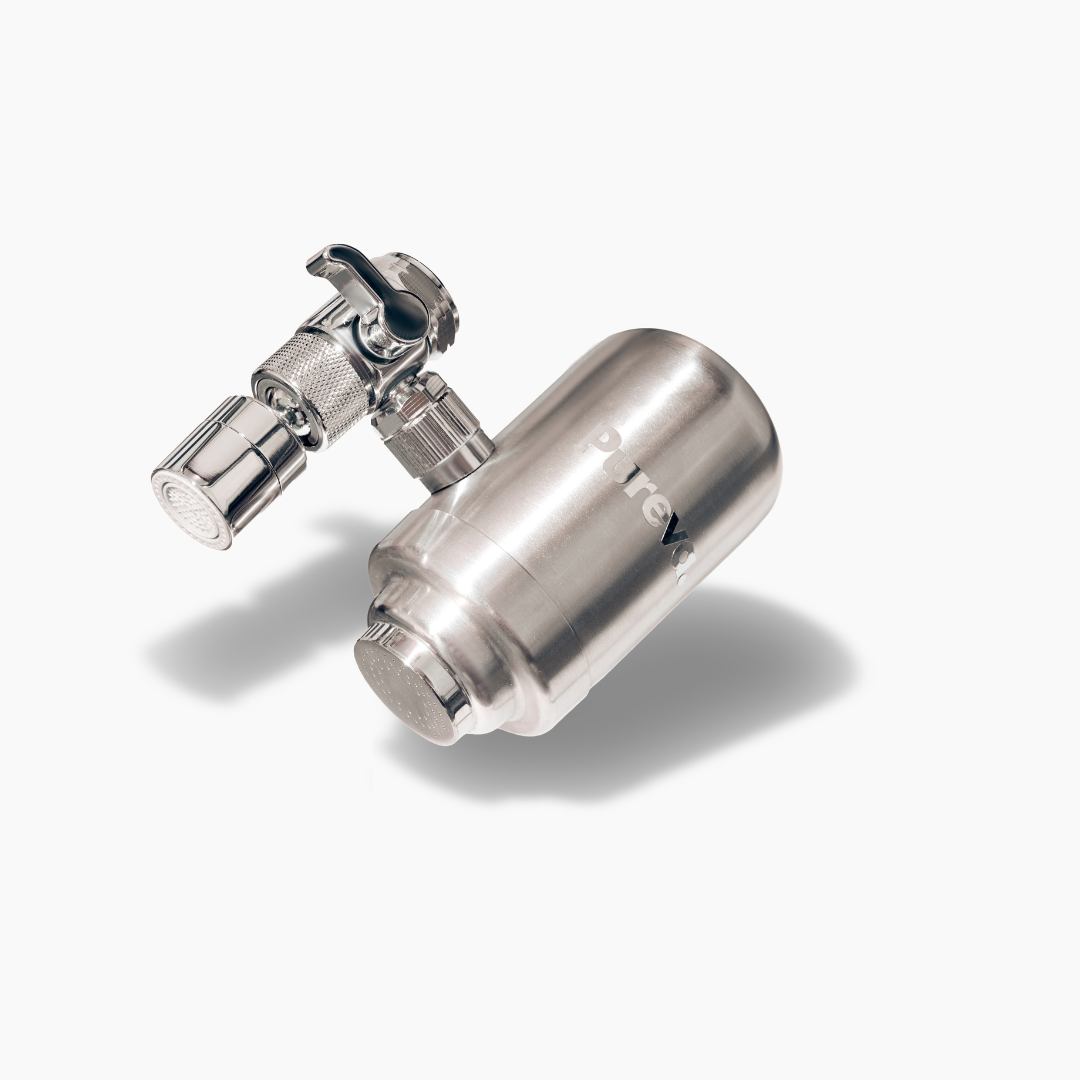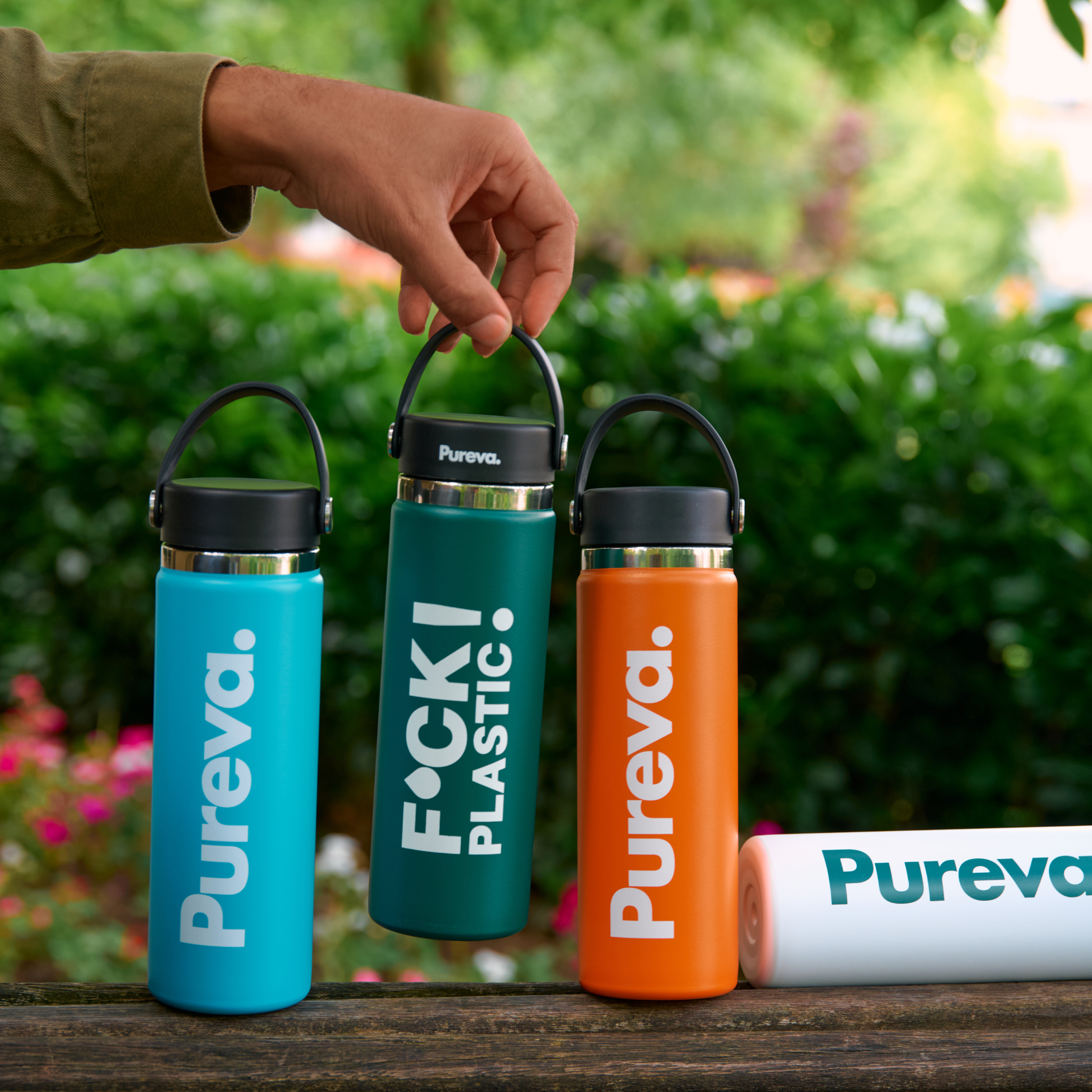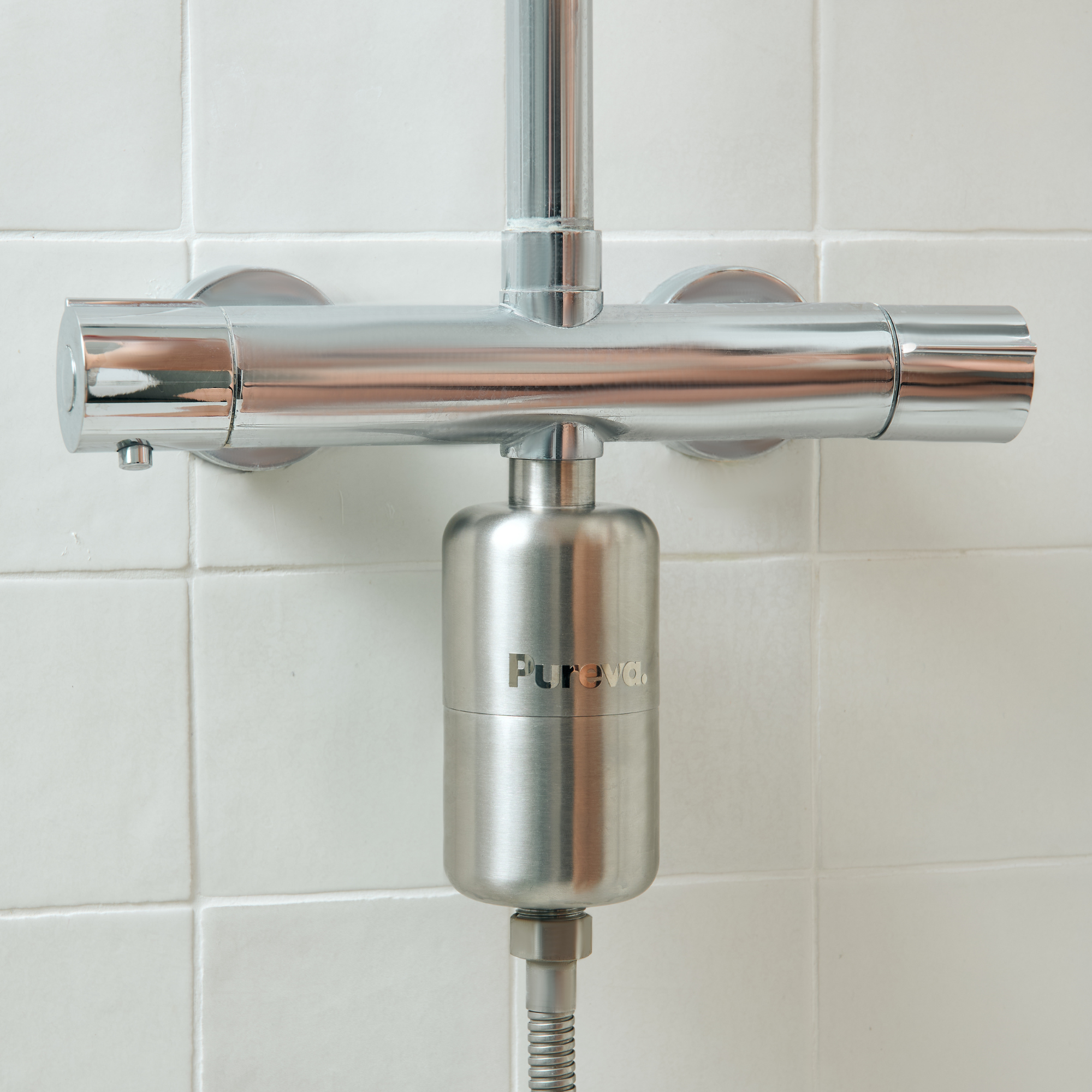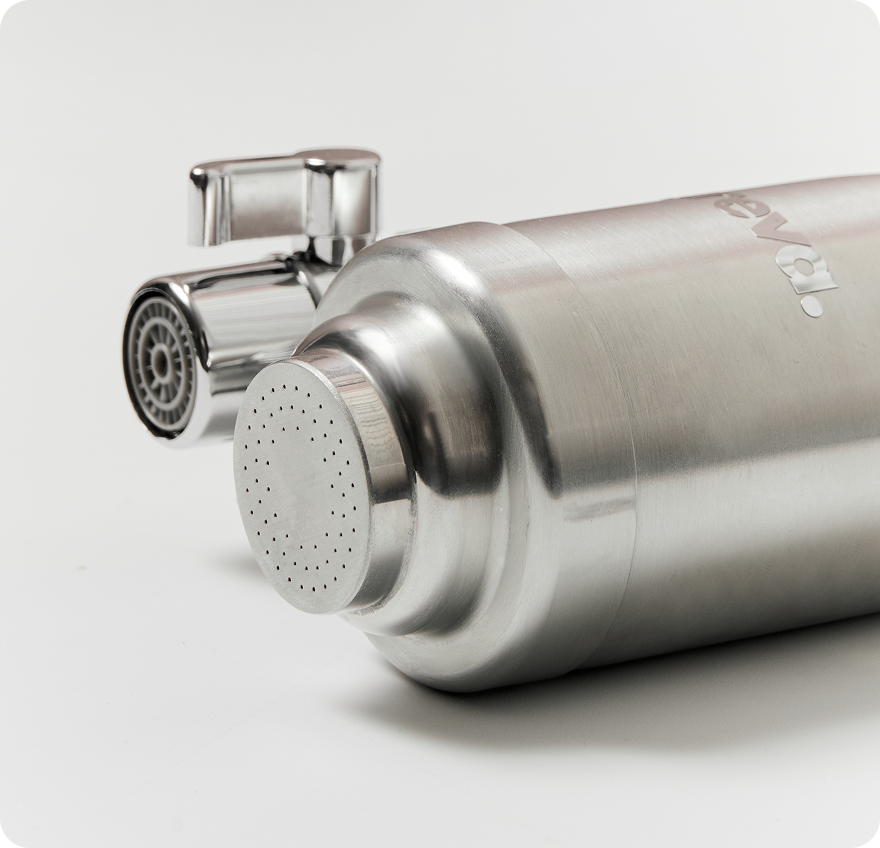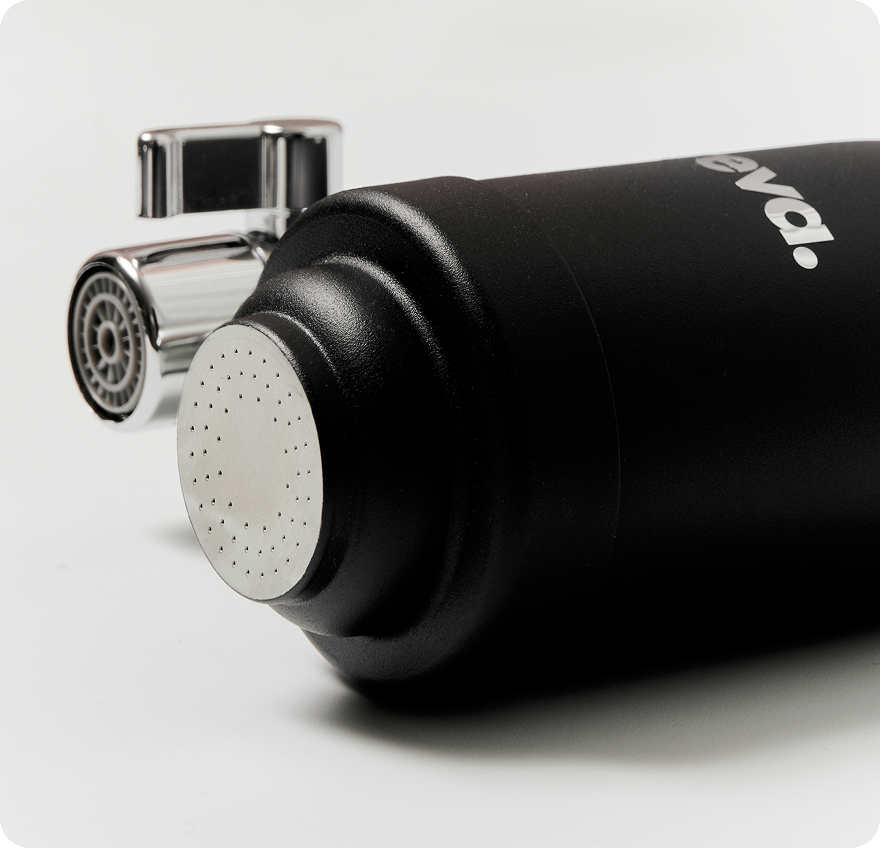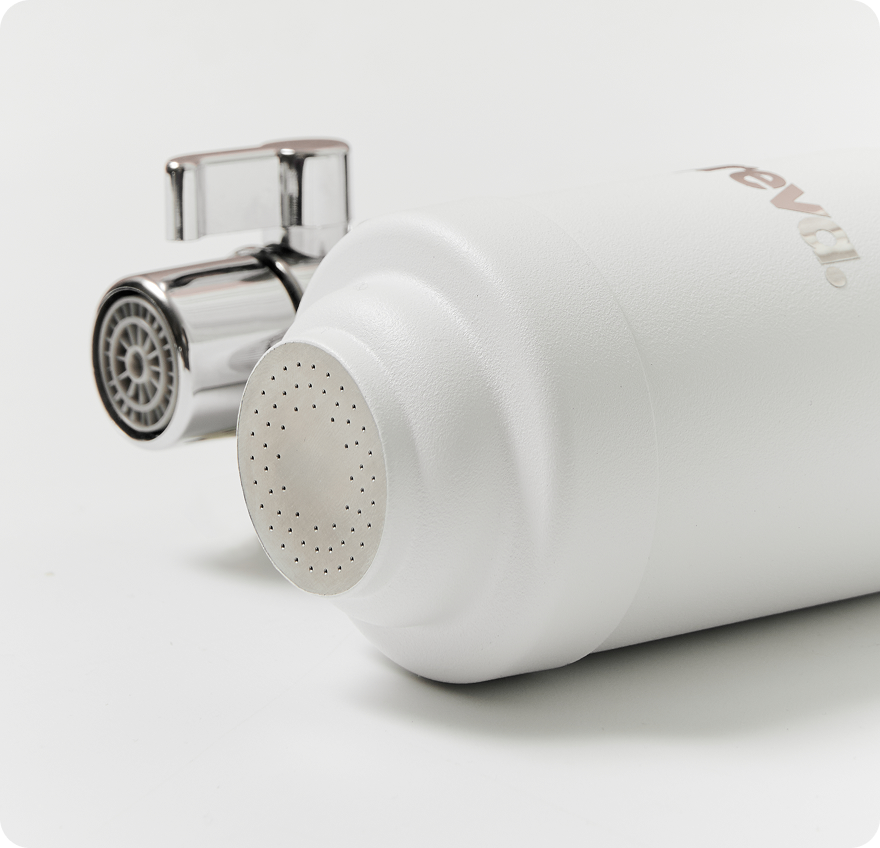Do you know how many plastic bottles are consumed per year in France ? On average , 25 billion . This corresponds to approximately 68 million bottles per day .
The use of plastic has become a scourge for the planet with harmful consequences for the environment and biodiversity. One of the major current challenges is reducing plastic consumption, particularly that of single-use plastic water bottles .
What measures are being taken by the government to reduce this consumption? What solutions can be used to avoid consuming water in plastic bottles? A closer look!
How many French people drink water in plastic bottles?
On average, each French person consumes 180 plastic water bottles each year . According to Consumer Insights surveys , 58% of French people drink bottled water daily or weekly . Globally, approximately 89 billion plastic water bottles are sold each year.
However, the French are not the biggest consumers of plastic bottled water. Between January and December 2023, around twenty countries were surveyed, with 2,000 to 6,000 people surveyed. The result was that countries like Italy, Mexico, and Brazil have between two-thirds and three-quarters of their population regularly drinking bottled water .

What is the environmental and health impact?
Consuming water in plastic bottles has harmful effects on the environment and health. It is also one of the factors in disastrous marine pollution. Every year, a large amount of plastic waste from used bottles is thrown into the oceans. This is without taking into account the carbon footprint (quantity of CO2 emissions) linked to the life cycle of a plastic bottle, which is staggering .
The production of a single-use bottle requires: 42 liters of gas, 100 ml of oil, 80 g of coal and 2 liters of water. Yes, you heard correctly, 2 liters of water for a simple bottle that will only contain one. To this data must be added the ecological footprint linked to bottling , the transport of the latter, the selective collection and recycling of waste and finally, the treatment of the containers as waste at the end of their life.
As for the health impact of plastic bottles , it is significant:
- presence of microplastics in bottled water , substances suspected of being endocrine disruptors and causing inflammation;
- upon exposure to heat, release of chemicals such as bisphenol A (BPA) or S (BPS) responsible for health problems (hormonal imbalances).
What measures are being taken to reduce plastic bottle consumption in France?
France has set a target of reducing the number of single-use plastic bottles by 50% by 2030. Several measures have been put in place to achieve this:
- the simplification of sorting rules and therefore the modernization of each sorting center;
- the establishment of a deposit system for the recycling of plastic bottles;
- support for reuse initiatives with campaigns to encourage the use of water bottles and raise awareness of the negative impacts of plastic;
- the installation of water fountains in public spaces.
We assume, like everyone else (including us), that you think recycling is one of the most effective solutions. Well, you'll see that despite common efforts, it's not enough and that there are more practical and economical solutions.

Recycling: what you need to know
According to Citeo, the recycling rate for plastic bottles is 58% . The European Union is aiming for a collection rate for plastic bottle recycling of 77% by 2025 and 90% by 2030. France has more ambitious targets to achieve a collection rate of 100% by 2025.
It's great and the progress is immense, but used plastic bottles, or PET (polyethylene terephthalate), must go through several stages to be transformed into recycled plastic objects:
- passage to the sorting center;
- crushing plastic bottles into flakes;
- separation of PET and HDPE from caps;
- transformation of waste into granules, flakes or powders;
- manufacturing new objects from recycled plastic such as bottles.
Good to know : The number of times a plastic bottle can be recycled is limited to two or three times. At each stage of recycling, the plastic undergoes degradation and becomes unusable. Therefore, it's not an unlimited solution...
Finally, even with a recycling rate equal to 100%, other problems would persist:
- release of microplastics during storage of water in plastic bottles ;
- contaminated water;
- lack of practicality in using a plastic bottle;
- higher cost to purchase.
So, if, like us, you want to get rid of them permanently and find a good alternative to plastic water bottles to save money, know that there are very reliable and easy-to-implement solutions.
What are the alternatives to drinking water in plastic bottles?
Wanting to contribute to environmental protection is a good reason to stop drinking water in plastic bottles . Here are some effective and easy-to-use alternatives for drinking pure, plastic-free water every day:
- installing a water filtration system attached directly to the tap, such as the Pureva filter (100% natural microfiltration). This system fits 95% of taps; you simply need to change the cartridge, which is delivered to you on time thanks to our innovative subscription system. This way, you avoid unnecessary expenses.
- Using Pureva stainless steel water bottles with a sleek design. While reusable plastic bottles are also a good alternative, zero plastic is always better. Of course, there's nothing stopping you from using good old glass bottles.
Not only do you ban the use of plastic and save money, but you also drink filtered water that is free of pollutants and bacteria and has a neutral taste!

